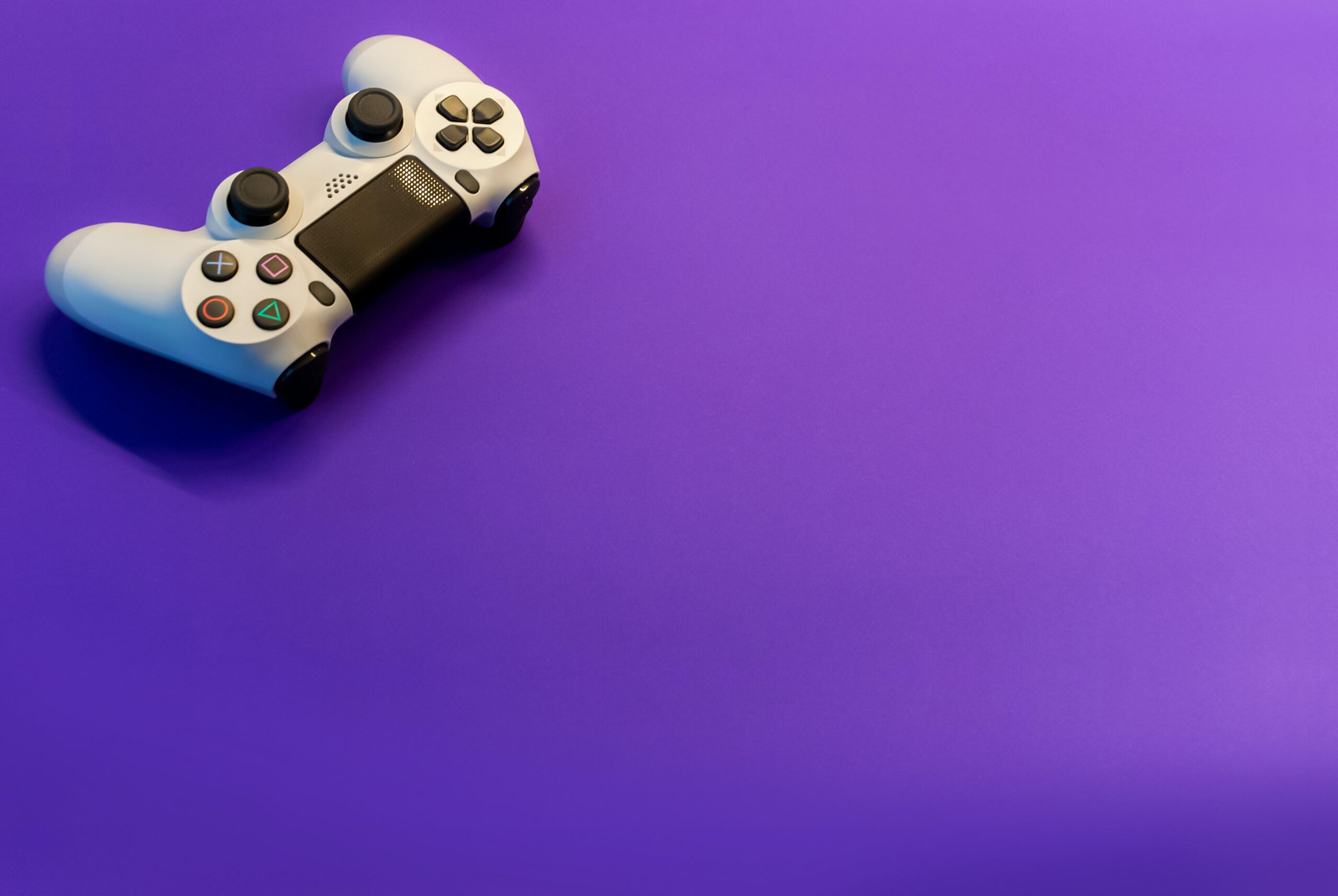Brand Battle Royale? The free-to-play games market hots up
Blizzard’s Overwatch 2 was (finally) released last week after years of anticipation from fans. The original was launched in 2016, a year before the all-conquering – and free-to-play – Fortnite arrived courtesy of Epic Games.
A lot has changed in the intervening years, not least Blizzard is now owned by Activision, which in turn looks likely to become part of Microsoft, pending the approval of the $68.7 billion(!) acquisition.
It may come as no great surprise that the Overwatch sequel has followed in Fortnite’s footsteps in opting to go free-to-play. No doubt Microsoft, which is reportedly building an ad network for games, will be paying close attention.
So, if Overwatch 2 is set to become the poster child for Microsoft’s ad-funded ambitions, how can Blizzard hope to depose Fortnite as the king of ‘freemium’?
- Frequent content updates
This seems self-explanatory, right? But surprisingly many game developers seem blinded by the huge initial user base that free-to-play brings at launch and fail to plan for the longer term. Granted, Overwatch already has a loyal fanbase, but that’s no guarantee of success. Updates to consumables, characters, maps and content need to be drip-fed to keep gamers hooked, and that means more than a couple of updates a year…
- Partnerships
Epic Games is the undisputed king of brand partnerships across their freemium titles; Rocket League have Introduced real world car manufactures like BMV, Nissan and Lamborghini as purchasable body types.
But, Fortnite is the market leader when it comes to brand partnerships, Epic has become a dab hand at putting brands in the game in ways that fit with the user experience. Interesting brand activations have included: an in-game ‘premiere’ of the trailer for Christopher Nolan’s ‘Tenet’; Coca-Cola Island, which allowed gamers to virtually ‘taste the new flavour’ after completing challenges within a Coke can and bottle; and various in-game concerts from the world’s biggest artists such as Travis Scott and Ariana Grande – with unlockable items.
Virtually all free-to-play games now partner with third-parties to feed their reward systems with branded in-game ‘freebies’. This strategy could go some way to offer an initial fix to Overwatch 2’s teething troubles, which have seen a player backlash against the rewards offered through the paid season pass. Perhaps Activision Blizzard could look beyond the skins and other virtual goodies to offer tangible rewards such as money-off vouchers for physical merch, or similar?
- Advertising Options
In-game/in-lobby ads do offer another revenue stream, but they need to be handled sensitively so they don’t interrupt or otherwise impact the user experience in a negative way.
Meta learned this to their cost last year when they trialled ads and product placement within the VR game, Blaston. The game wasn’t free to play and Meta was hit with calls for refunds. While the value exchange dictates we might be prepared to endure unskippable ads in freemium mobile games, we aren’t prepared to put up for them in something we’ve paid good money for – the exception perhaps being in legacy subscription broadcast… for now?
Free-to-play games have been accused of being cynical pay-to-win platforms, which syphon money out of gamers.We’ll have to wait and see what Microsoft does with Overwatch 2 if and when the acquisition goes through. However, Activision Blizzard has a bigger opportunity to steal Fornite’s crown by making Overwatch 2 an alternative brand-friendly platform.
As people are looking to save money as the cost of living crisis kicks in, they are likely to spend more time gaming. Ad-supported gaming could thus follow a similar growth trajectory to ad-funded TV and film streaming if brands and games publishers do it right – and if they do it’s a win-win for gamers and advertisers.

